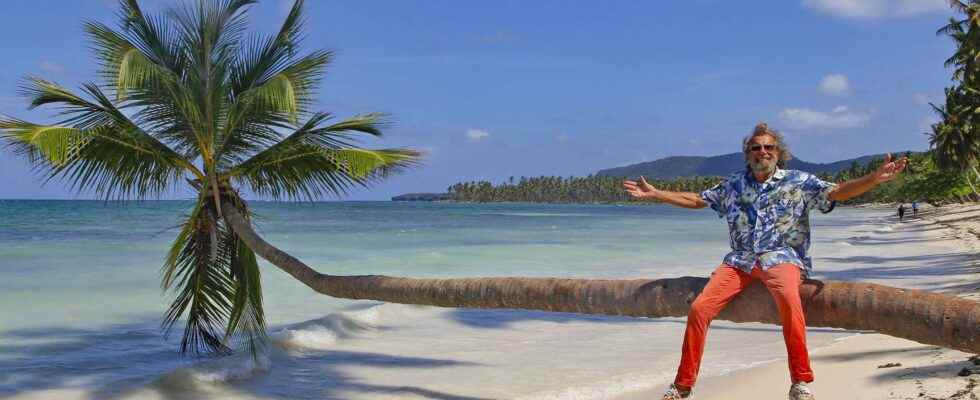The Dominican Republic is part of the Greater Antilles and occupies two-thirds of theHispaniola Island, the other third is occupied by the Haitian Republic. About 400 kilometers long and 300 kilometers wide, it bathes, on one side in the Atlantic Ocean and on the other, in the Sea of Caribbean. The island was discovered by Christopher Colombus in 1492. This old Spanish colony became an independent state since 1821 and has preserved many testimonies of its past including the language. The country now has 10 million inhabitants, about 75% of its population is urban. The economy is essentially geared towardsAgriculture and tourism which has experienced spectacular development over the past fifteen years while containing the construction large hotel complexes. South of the island, its capital, Santo Domingo (3 million inhabitants) is the oldest city in New world.
If the island generously offers 1,500 kilometers of coastline and some 600 kilometers of beaches paradisiacal, it has many other assets, especially in the north and inland of the island, where valleys and plateaus follow one another. The fertile plains and the highlands welcome fields and sugar cane plantations, coffee and bananas. The best tobacco in the world is grown there in the Cibao valley; which did not escape the Davidoff manufacture which settled there in the 1990s to manufacture its famous cigars. The center of the Dominican Republic, crossed by the Cordillera Central, is the wettest part. The Jarabacoa region is crossed by three rivers and attracts rafting or canyoning enthusiasts and nature enthusiasts. For the consistency of its mild temperatures, the interior of the island is a garden of Eden suitable for arboriculture and horticulture (Flower Festival in June). Which makes it a ecotourism zone much appreciated for its authentic rhythm of life.
.
fs12
